Discovering the city lights
So, I was trying to remember which was the first picture I ever took with my X-E1, thinking, was it something important, meaningful? Or was it just the first thing I found the first time I held it in my hands? And so far, I just can’t seem to remember. I got my camera the first days of May, back in 2018, but the first X mount lens I got for it arrived like a month later, so the first pictures I took with this camera I did with a Helios M42, an old Russian vintage lens, and an adapter.
I bought both of them from a guy I know that repairs old lenses and cameras, and who has an analog photography store in my town called Adaptocam. I probably took the first pictures with this camera at his home in Cabo Blanco, right outside of town, from where he used to run the shop before moving it into a beautiful, communal old house called ‘The Black Swan’, a house that he and some other people set up as a shared space for their stores and businesses.
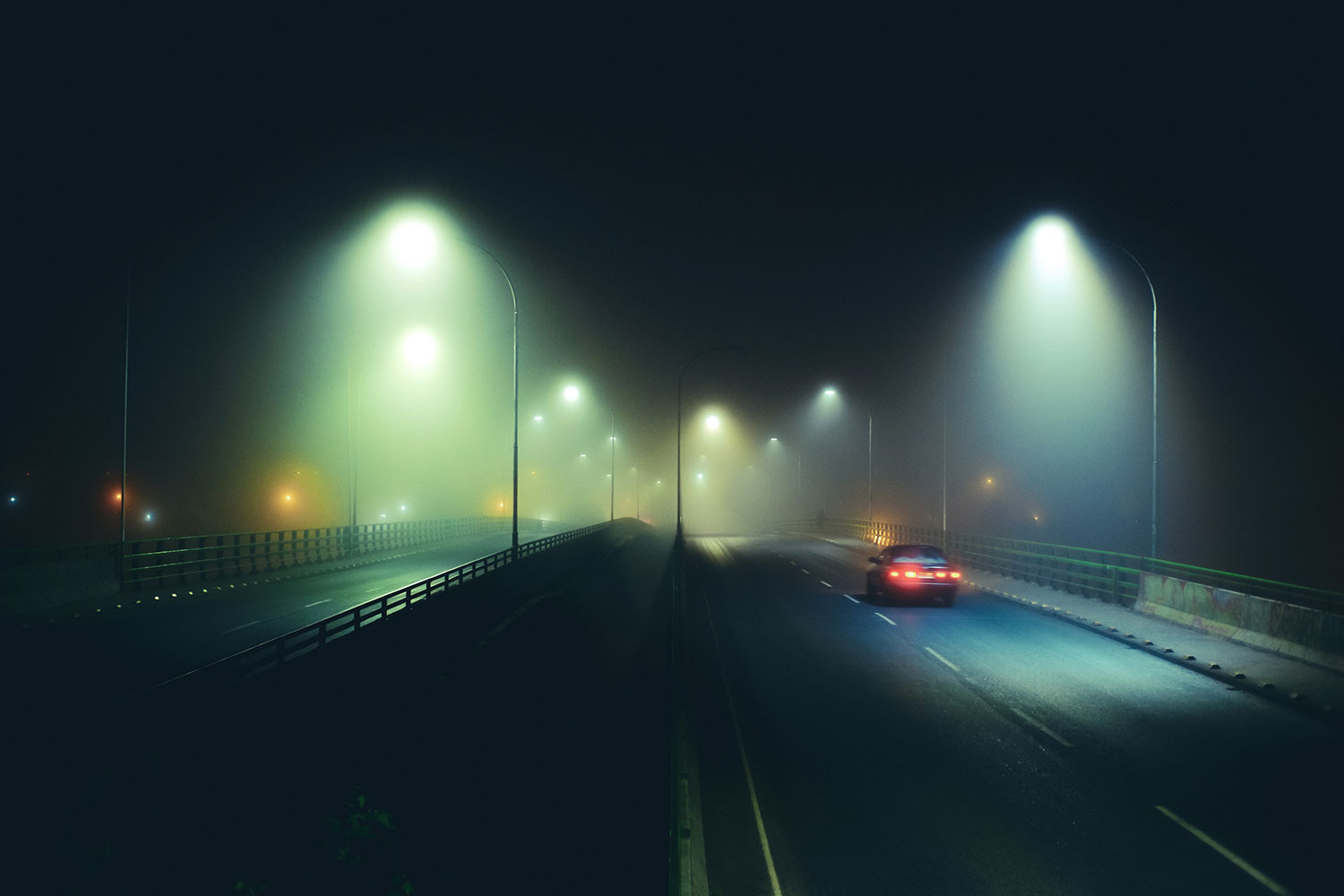
This means my first picture with this camera was probably a picture of an old lens sitting on his desk, or maybe an outside window, looking over at some bushes and a backyard. Nothing special, but a necessary and mandatory first step, the start of something new. Back then I didn’t even know how to use this camera, I had no idea what half the buttons did. I still remember the first time moving those metal rings on the Helios, and the shutter dial on the X-E1.
That distinct and satisfying clicking sound is one of my favorite things about this camera. I don’t care about specs anywhere as much as I care about user experience, about loving and enjoying what I’m doing, and the texture and physicality present in the handling of this camera, give me a more grounded feeling than a more modern camera, or an iPhone, would.
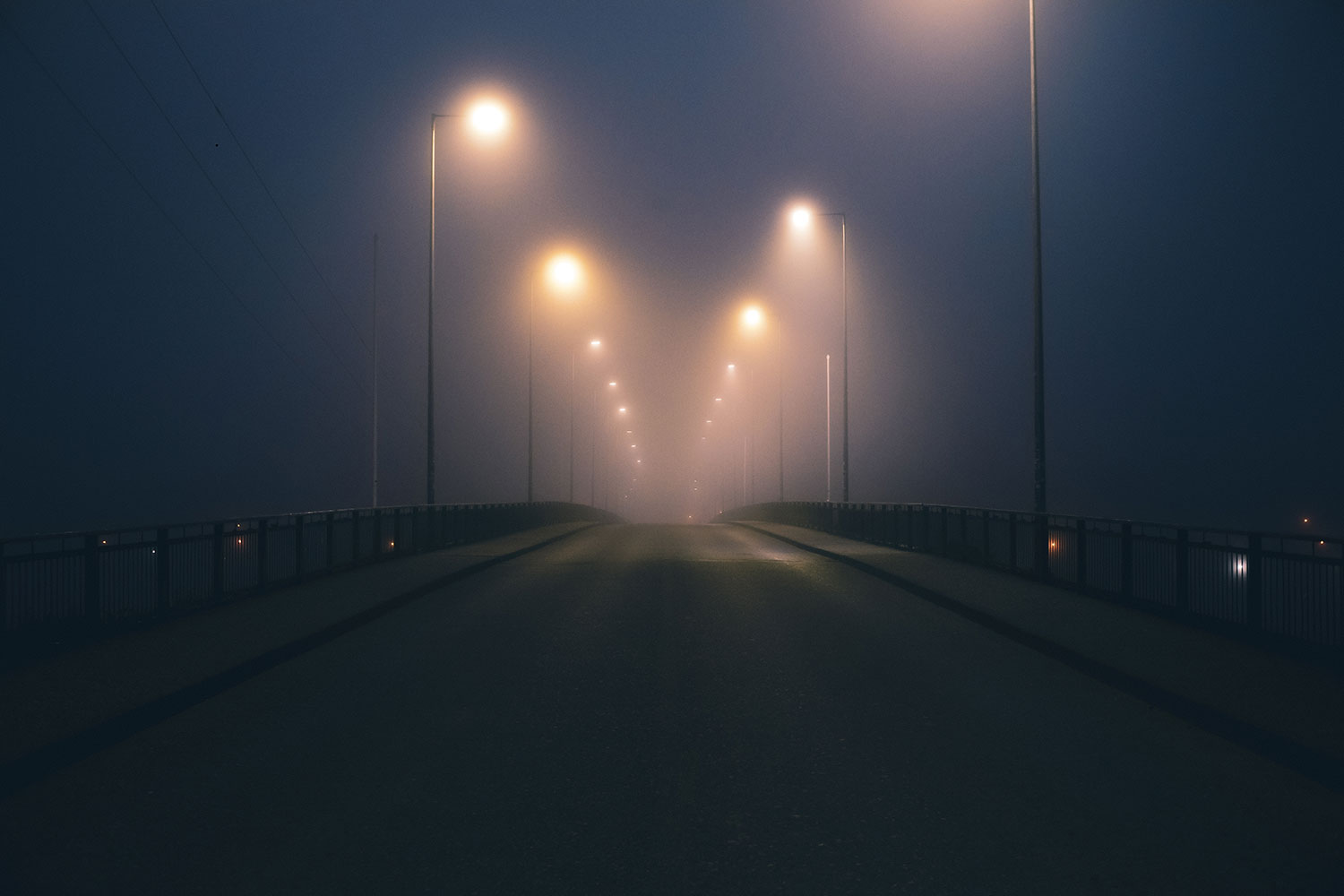
Of course, you can set any camera to manual, even a phone, but the experience of taking a picture is still different for me; phones feel smoother, and easier, and faster, and super high-end cameras feel cluttered with buttons and functionalities I neither want nor need. A retro-style camera like this feels like it has the best from the old and the new, perfectly in balance… I like to keep everything simple, everything in manual, and take my time.
Take my time to move around the room, to move around the city, to move around the rings and dials while looking through the EVF. I like to explore all the angles, see how the light changes the world around me until I find an image I like, until I find the exact way that I want to shoot it. I feel that with most phones and modern ‘point and shoot’ cameras you end up taking the picture the camera chose for you, meanwhile with a camera like this I truly feel I take the picture I choose, the exact picture I want.
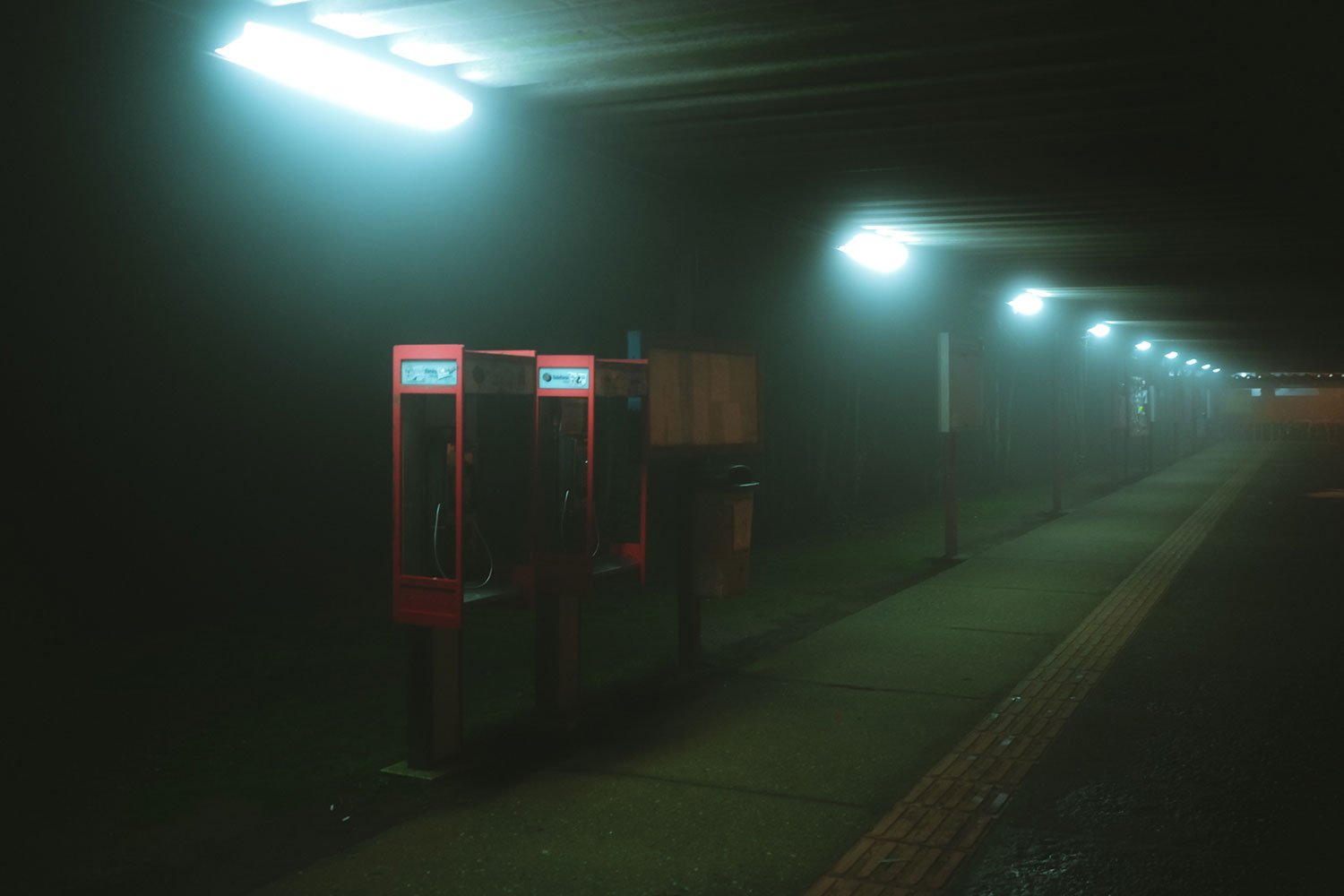
At first, I started going out shooting in the evenings and afternoons, walking around the city, just like any other would do. I went looking for iridescent windows and harsh shadows, for geometric figures and distant silhouettes, and then I started to stay out a bit later, and later, and later. It was then when I started to discover the city’s night lights and began to see this place in a way I never had before. Most cities look completely different from day to night and Valdivia is not the exception, especially in cold weather.
I’ve always found the solitude of the night to be comforting. I’ve always enjoyed long walks and long drives listening to music, so adding photography to the mix felt almost natural. At the very least, my walks now had an excuse and a purpose, other than just wandering around and clearing my head. And it’s a kind of funny, cause even though you could say photography is a fairly recent hobby for me, it also feels like it has somehow, always been a part of my life.
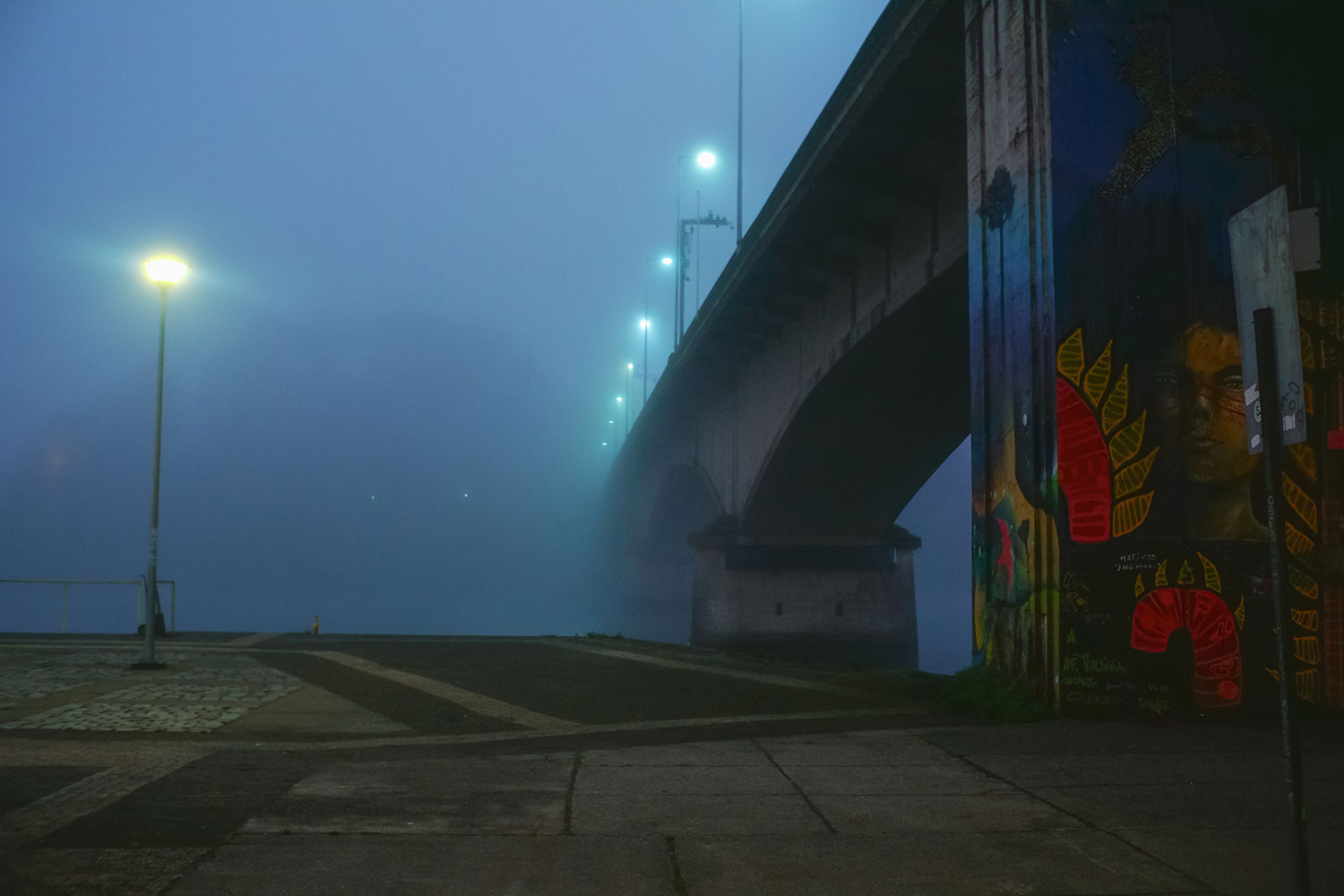
I always remember my childhood in photographs. Every memory is either a shot or a frame. Looking back at my life growing up, one of the things I remember the most are my mom’s photobooks. She loved taking pictures and putting them is those typical old, clunky photobooks with a kinda leathery cover, so we had dozens and dozens of them in our old house, a detailed history of our family, regular and extended: she had every event, family vacation and holiday well documented, and I remember how much I loved to take the camera away from her every once in a while, and go off shooting.
Few things were more exciting than going to the store to get your newly developed pictures and checking out what you got. We had every summer trip, every Christmas, every graduation, marked by year, in those pictures. An endless parade of images, of moments, of memories. To this day, whenever I think of my childhood, one of the first things that comes to mind is the skinny, dark-haired boy in all those photographs.
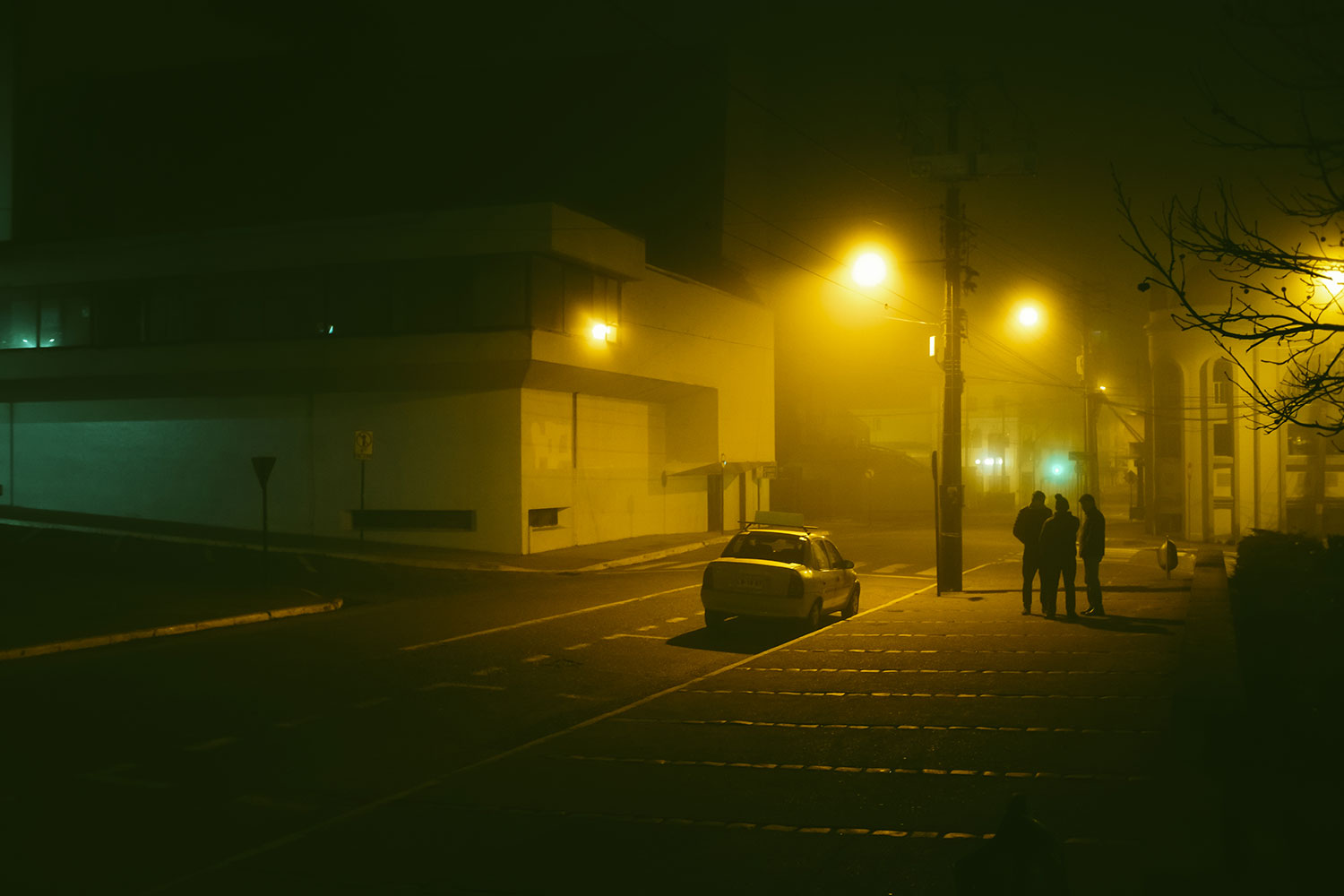
For a while, my mom scanned a lot of those pictures, but it was still just a little percentage of all the ones we used to have, plenty of whom burnt down in a fire a long while ago. Like 12 years ago. The surviving photobooks are probably just sitting in a box in a closet somewhere in her house, or maybe forgotten in the garage, waiting for a curious look to bring them back to life for a moment.
In those photographs you can still see my old house, with those big old trees we used to have in the backyard, and my dad’s old car in the driveway. In them, you can see my late grandparents all young and smiling, playing with some of their seven children or maybe standing in the front garden of their old colonial country house, a house I spent plenty of my childhood summers in and that is no longer in our family. In those photographs, you can see fragments from a completely different time, and landscapes from a completely different city and country.
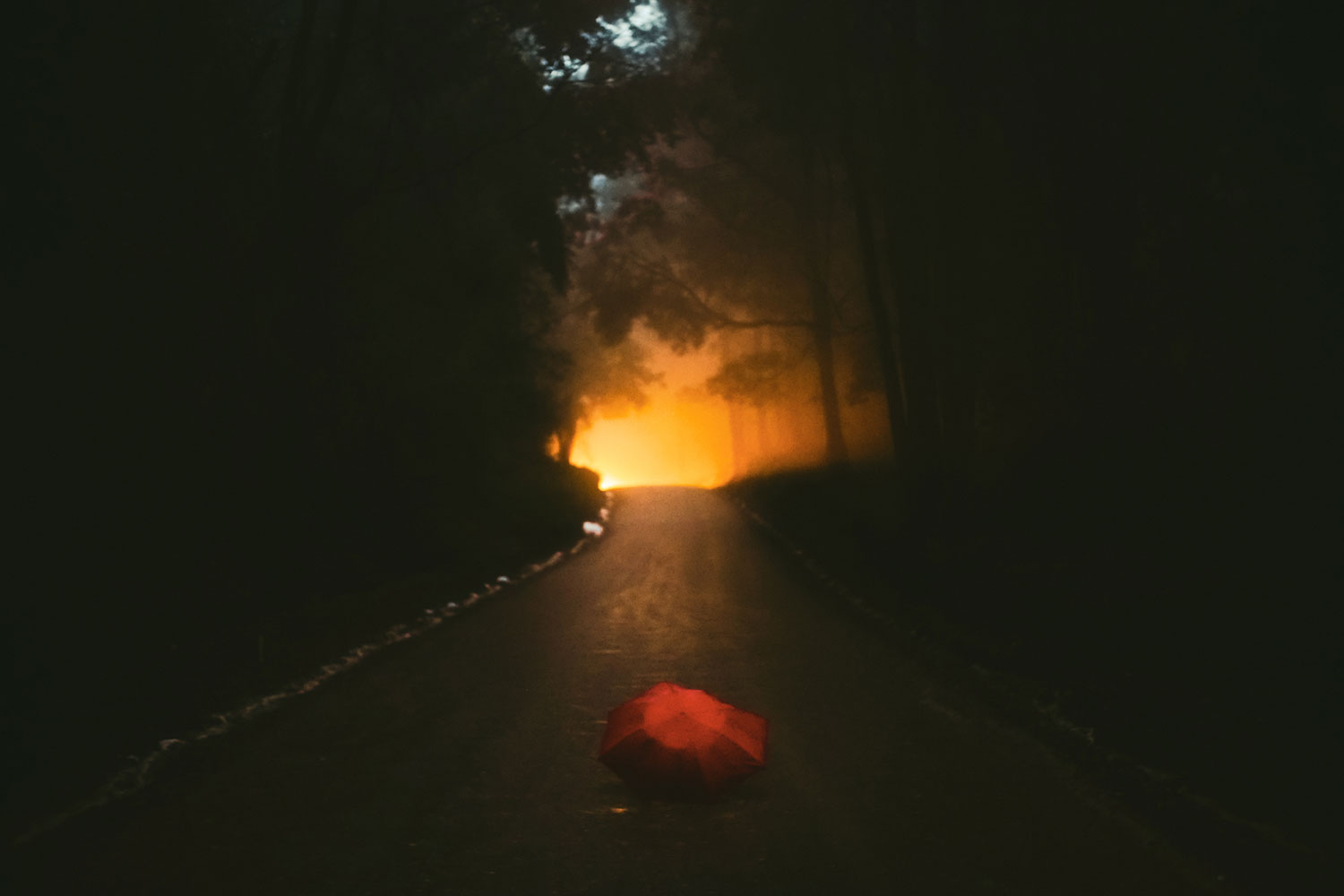
And that’s one of the most fascinating things I can think about photography. I just love the immense power photography has, the ability to create an instant remembrance, a physical slice of history that ties to the very moment it was taken, connecting past and present through our very experiences and feelings. It’s amazing. Every time I take a picture of something it’s because I feel like there is something there worth remembering, and worth sharing with the world.
There is so much value, so much beauty, so much history, in everything we see. And there is so much value, beauty and history in this world worth sharing. And worth remembering, for good or bad.
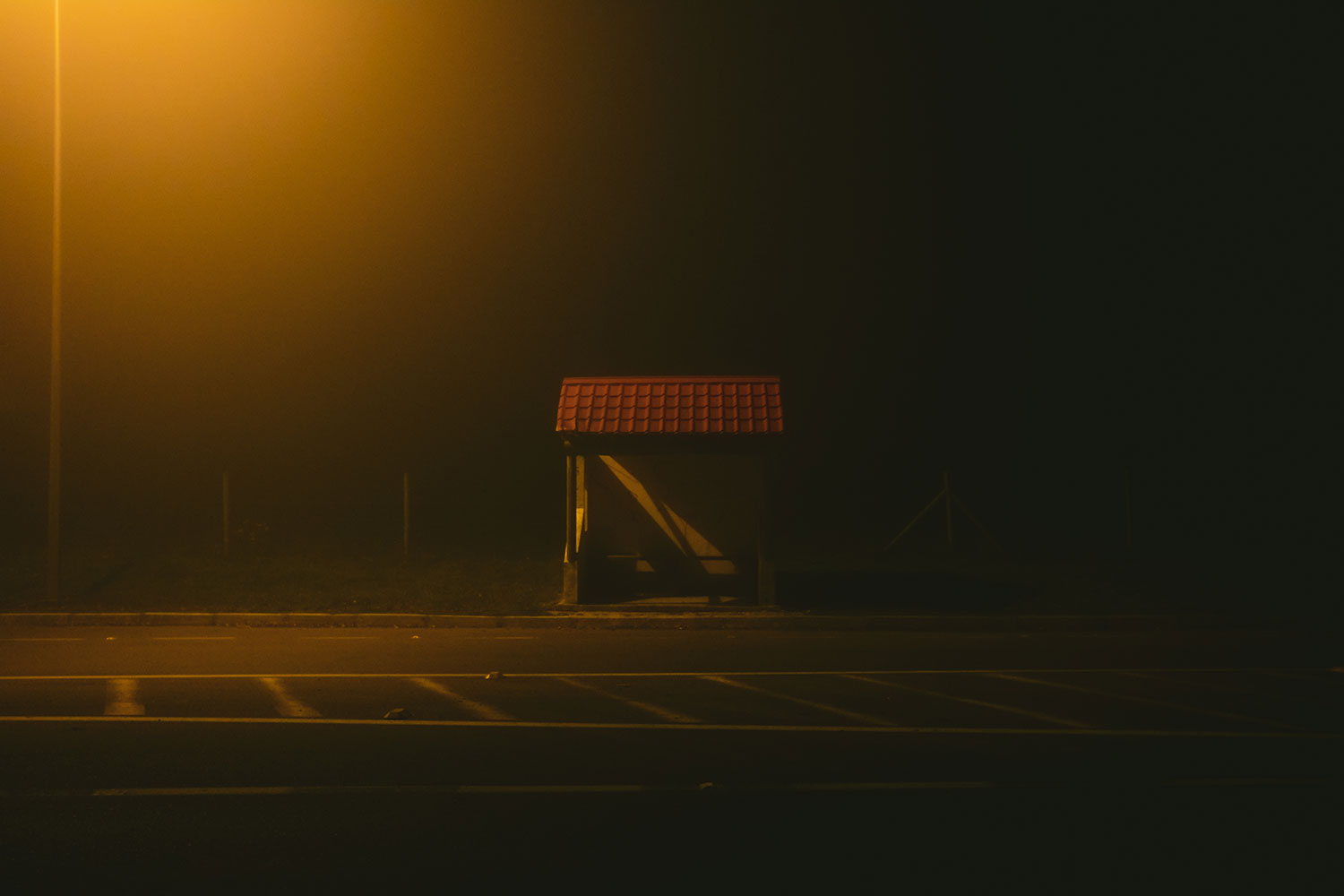
Moving on, I didn’t really go back to photography until I got this camera. And before being interested in photography, I became interested in video. I got second place in a video contest about Chilean women scientists, and I made that video using only my Iphone 7. I enjoyed it very much and thought to myself, ‘this is fun and I seem to be good at it, so maybe I should buy a real camera’.
And I did. I bought a Sony A5100, a tiny mirrorless camera that, to be quite honest, it’s amazing. But I just didn’t enjoy using it for pictures. I still use it for video, but it did not feel like a camera to me, like a ‘real camera’. It didn’t feel like it felt it should, it didn’t feel the way I remember it ought to be. So I didn’t enjoy taking pictures with it and barely used it for the first few months.
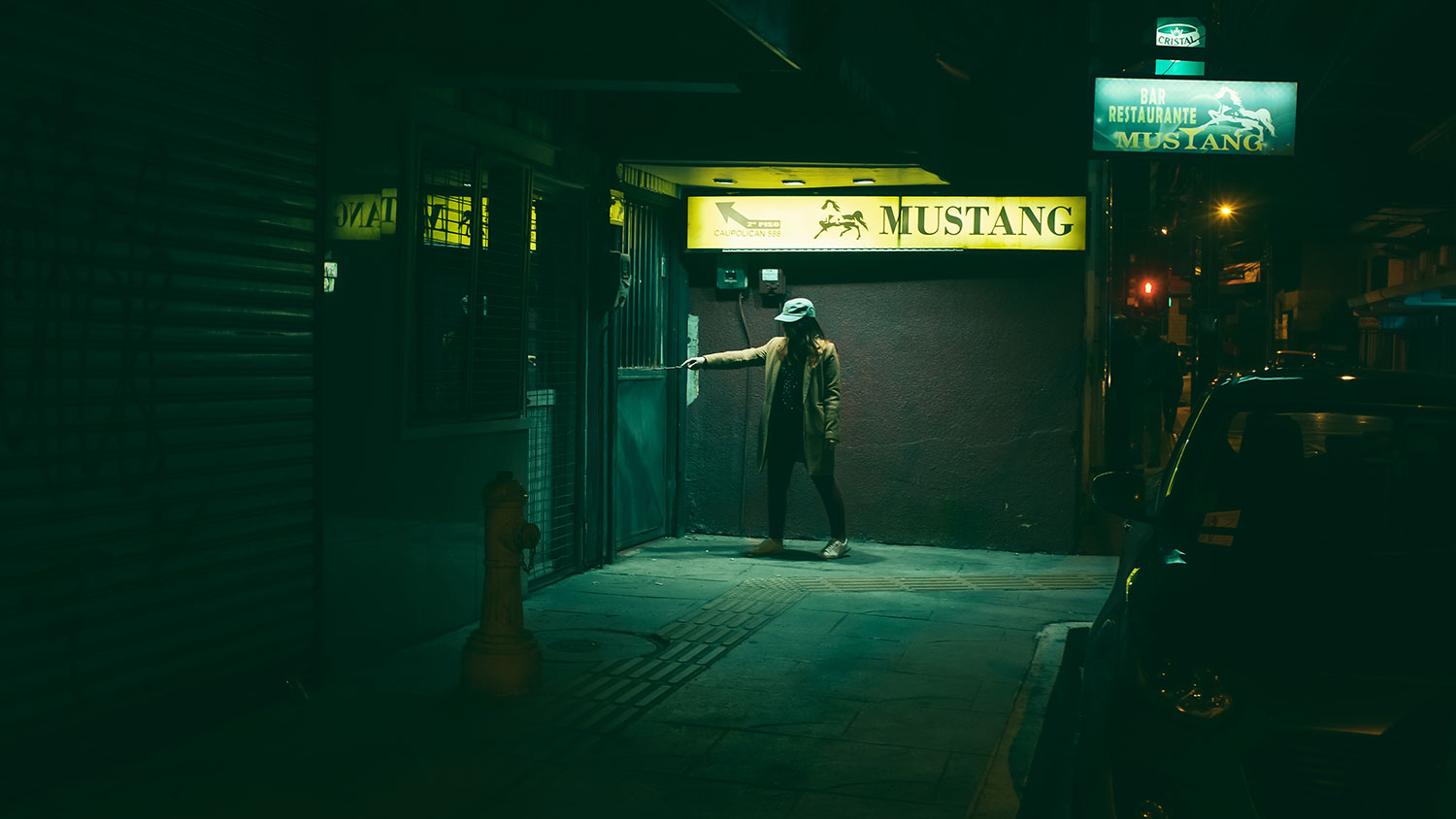
But I still wanted to take pictures, so I kept doing it with my phone, in a very casual way. But that wasn’t what I really wanted, so I started to look for another camera. A ‘real’ camera this time. I looked at so many YouTube videos, and compared hundreds of them, because whenever I want something I can get a bit obsessive about it, and I wanted to be SO right about this new camera. I wanted it to be more than just a camera, more than just a tool, I wanted it to be an extension and reflection of me.
I think you need to be really comfortable with whatever it is you need and use the most. You have to feel like it was made just for you. Whether is your football shoes if you’re a footballer, or your guitar if you’re a musician, you develop a kind of relationship with the tools that enable you to give your best and to be and do your best. You need something that feels like it was made for you, that allows you to accomplish everything you want and can accomplish with your art, and after a couple of months looking for that, I fell in love with the Fujifilm X series.
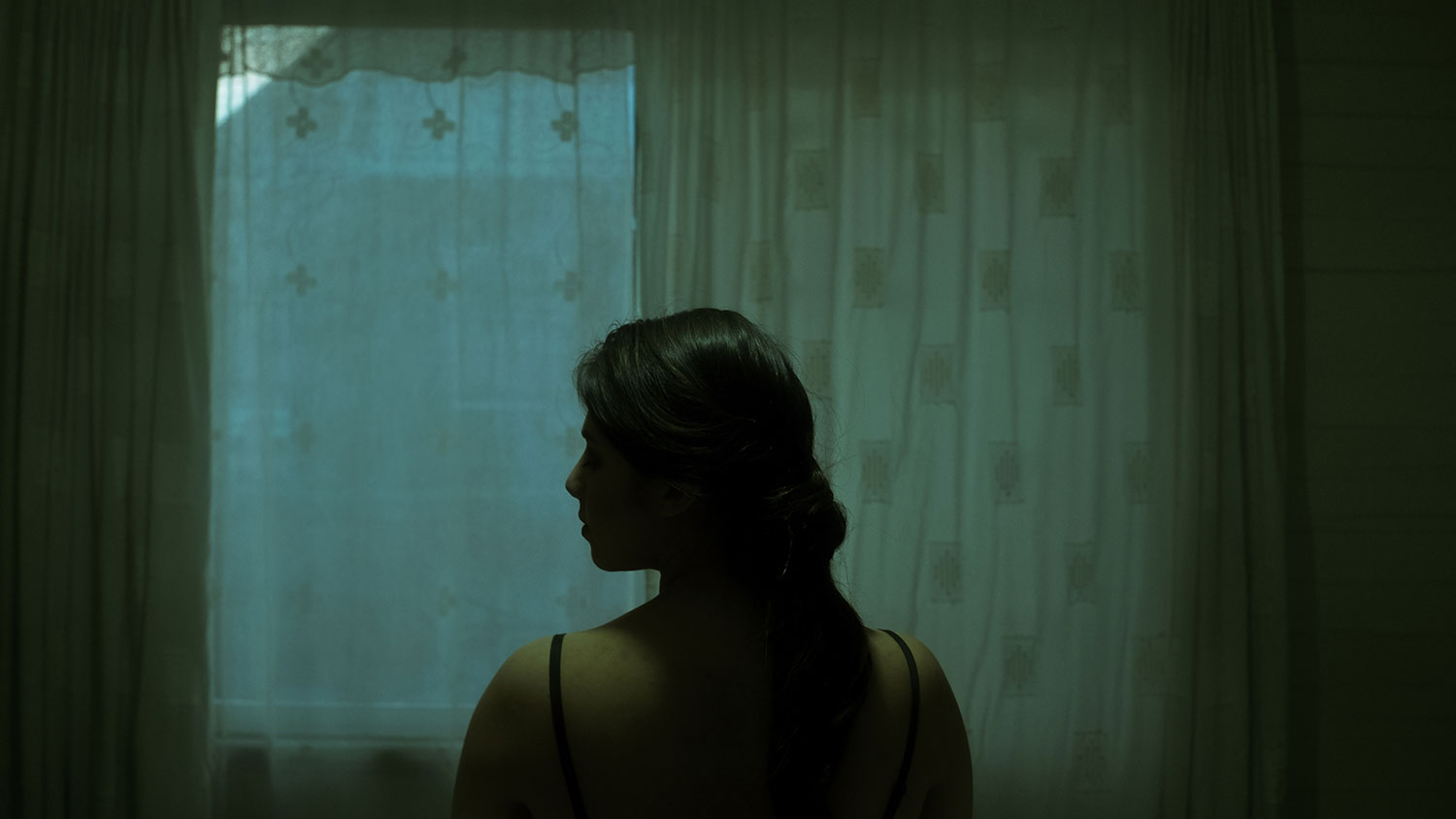
But I did not want an X-E1. At least, not at first.
I wanted an X-Pro1, but couldn’t find one, and whilst looking for it I found this model, which was basically the same camera with a couple of variations, and also much cheaper, so I bought it. It was during this time that I made a short video about a friend, Eduardo Asenjo, who is also a photographer and who was also interviewed for this magazine, celebrating his accomplishments in photography.
We met up in his house back in April 2018, and he showed me the camera he had back then, an X-E2S. It was love at first sight. That was his second Fujifilm camera, following an X10 he had for a while. After that, I just started reading articles and watching videos about the X and X100 series cameras, until I came across a really affordable X-E1 in mint condition that was for sale online, and like you already know, I bought it.
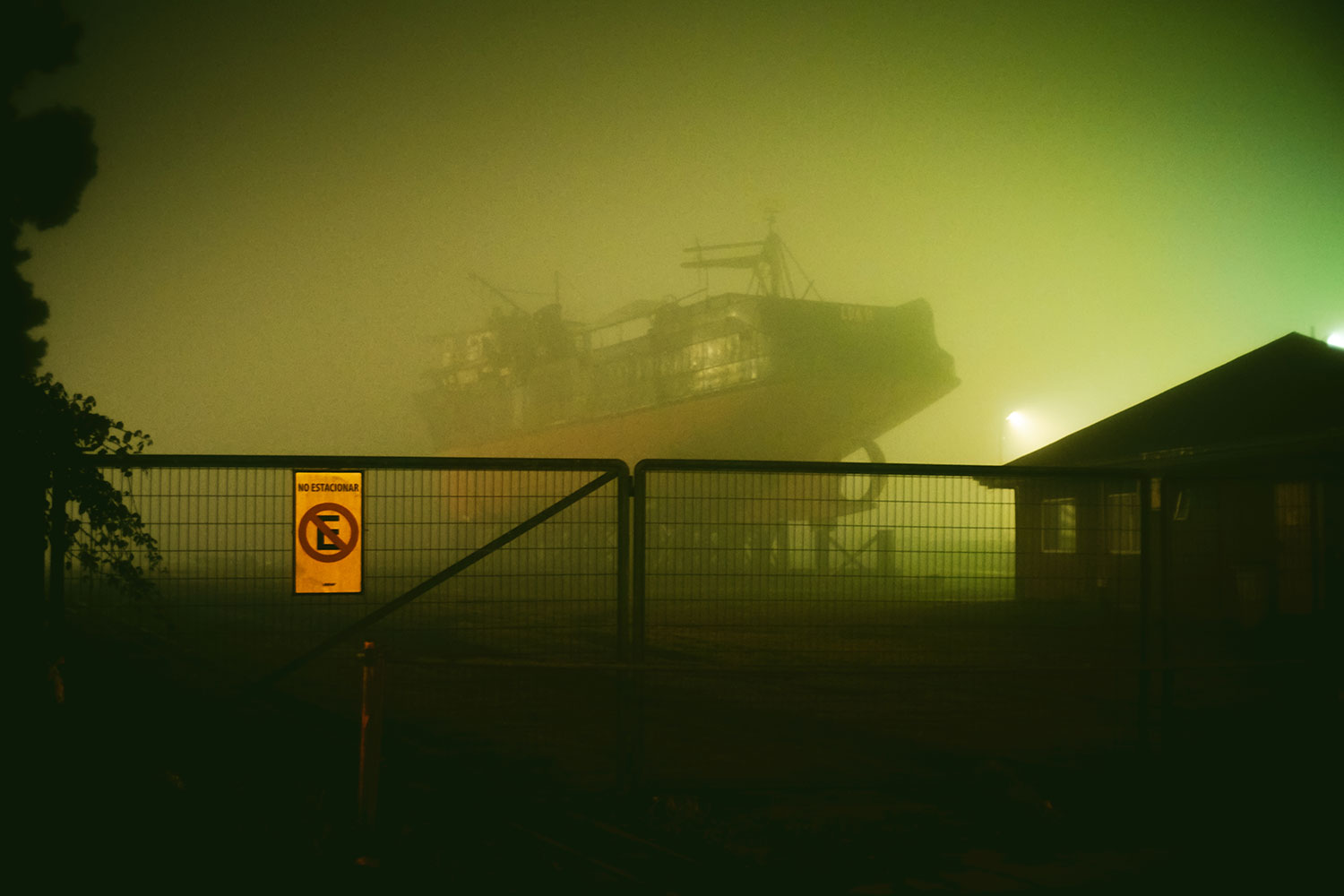
Now, I know there are other aspects to photography besides gear, but I feel gear is the most important aspect of photography nonetheless. Or should I say, ‘one of the’ most important aspects of photography. And I say this because I feel when it comes to art, every aspect in the balance is equally important, so everything you require becomes the most important thing at that moment. From the idea, to the light, to the gear, to the subjects.
Everything works together, and everything matters. Whoever said gear doesn’t matter, lied. Without a camera, whichever you choose, whether is a Phone or the shiniest Leica, you can’t take pictures. And sometimes you just NEED something else, anything; a filter, or a piece of paper, or a plastic bag so the camera won’t get wet in the rain. And at that moment, when you really need something, that thing becomes as important as the camera or ourselves are in order for a certain shot to be possible.
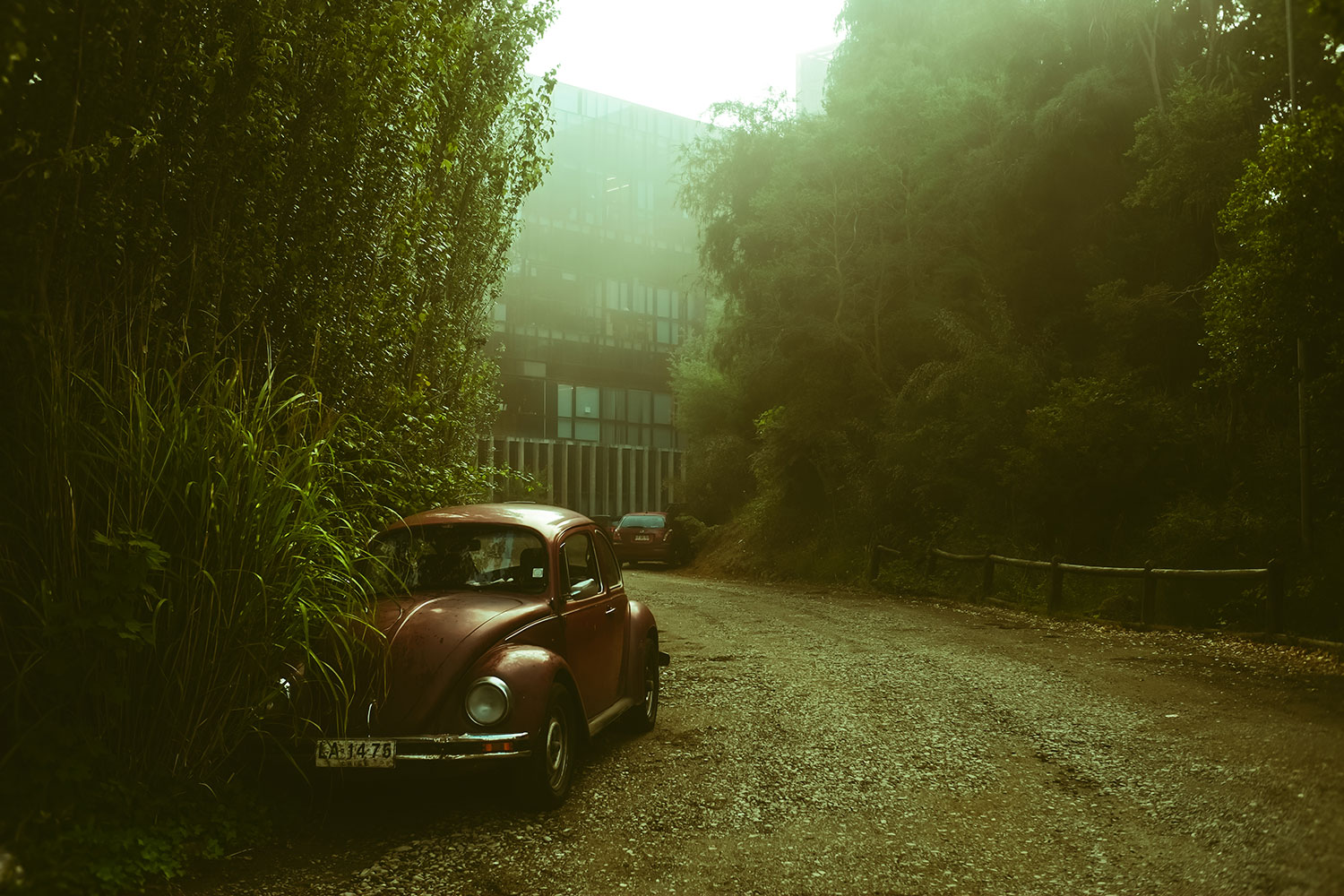
But what I feel is the most important thing to understand about gear, above all, is that different people have different needs. I needed this camera to feel comfortable and happy taking pictures, It’s the perfect camera for me. For someone else, it might not be. When choosing gear, you need to look over the specs and find something that feels right for you, for who you are and what you do. Or wanna do. Or wanna be.
What people need to understand is that, while the gear is absolutely mandatory, it doesn’t have to be the newest, most expensive gear. It can be anything. It can be an old analog camera you inherited from your parents, or the newest 5D Mark something, or your phone. Just find a camera than can do what you need it to do, and that you feel comfortable using.
I too once bought a newer camera I didn’t need just because I thought I did. I bought into the hype and got it just because I thought I needed more megapixels, higher dynamic range and 50 customizable buttons in order to be a ‘real, serious photographer’. But I didn’t need it, and I didn’t enjoy using that camera, and even though I think got great shots, I decided to sell it. I already had a camera that did everything I needed, and that happened to look way better and be smaller, too.
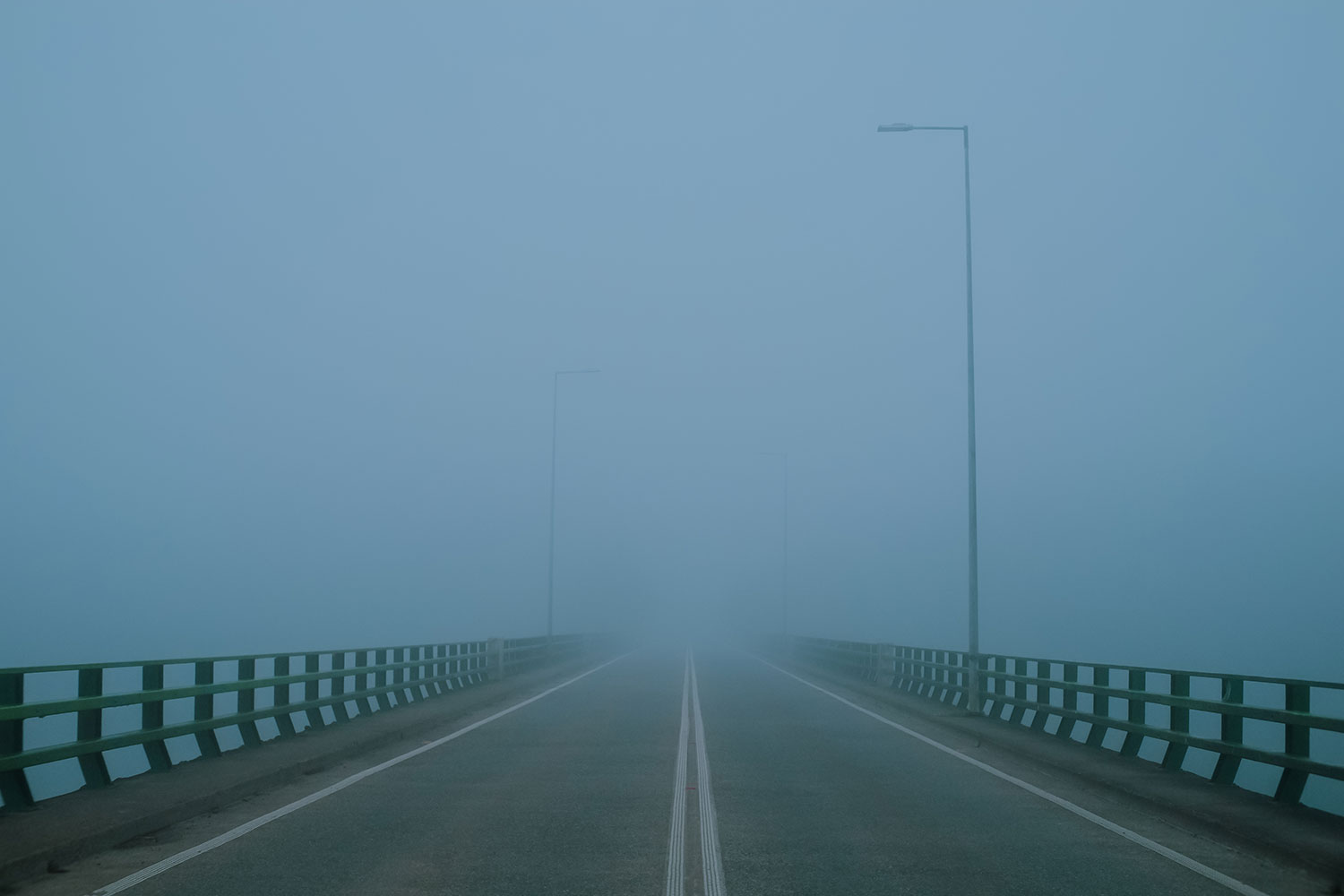
It just didn’t make sense to use something else.
Photography is an art, and as everything, it’s very subjective. Good and bad. Classic and timeless or trendy garbage. Sometimes is hard to know, I know, but as long as things have heart, I’m okay with it. Like every art, photography has two main pillars: technique and heart. One side is mastering light, and all the ways you can mould it and capture it. That’s the easy part, and all it takes is a camera and a lot of practice.
The other one is different, the other one is everything else outside of the camera: is what does your work say, what does your work mean, what does your work stand for, why did you make it, for whom, what are you trying to portray or communicate or preserve… It’s who are you, what are you passionate about, what do you care for. It’s why do you do what you do, and why does it matter?
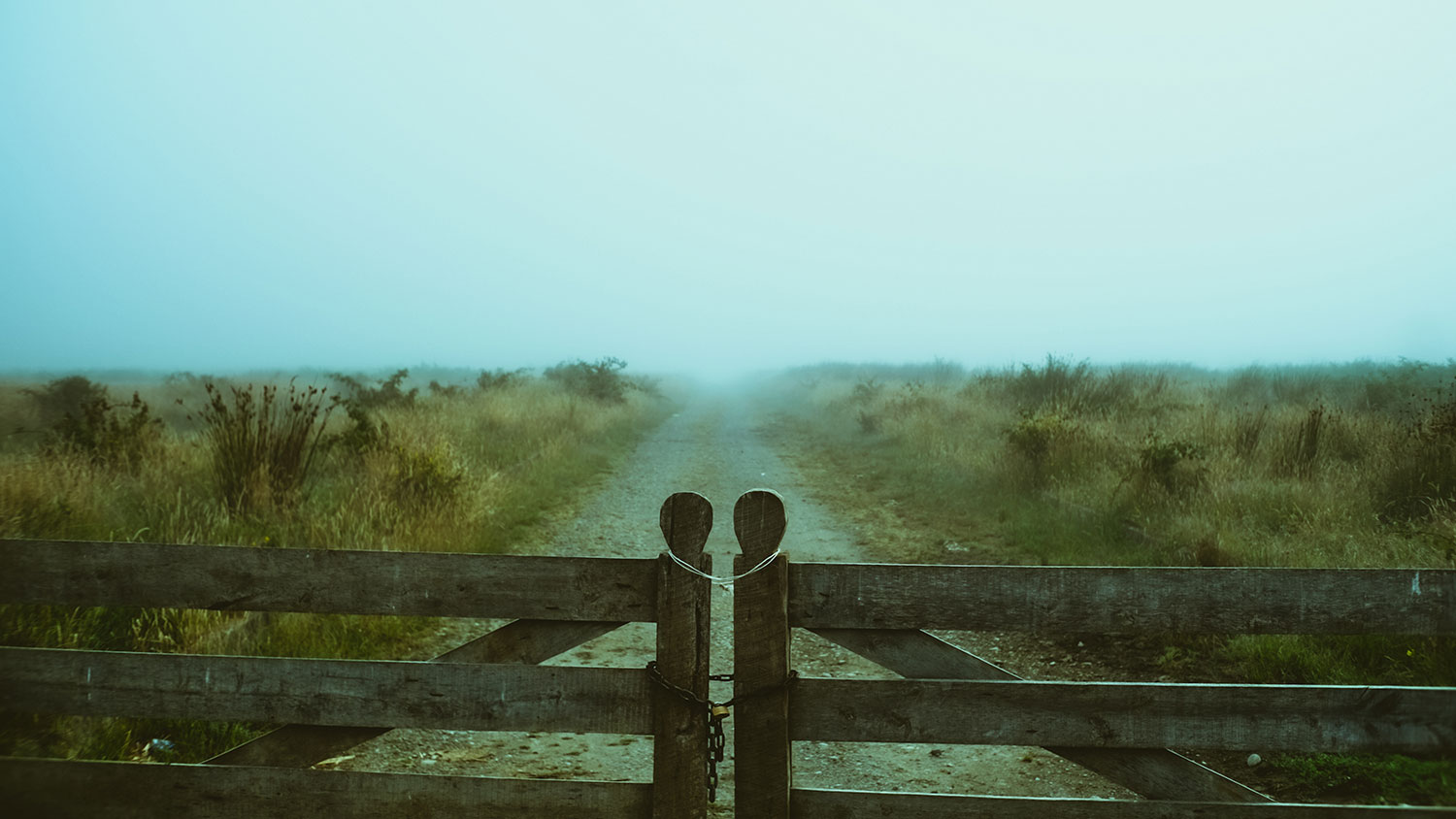
I’m not saying you have to have all those answers before you start, of course not, or we’d go crazy overthinking so much. What I mean is that, hopefully, one day when you look over to what you’ve done, you’ll have answers for some – or a few – of those questions that will be more than just ‘money’ or ‘because you had to’…
If I try to answer some of them myself, I could say that, in a certain way, I’m trying to reshape the way I see my city. I’ve been rediscovering it lately, ever since I started with photography, so I’ve set myself a few goals. On one side, I want to sort of create an alternate version of Valdivia through my photographs, the way you’d do to set the tone and atmosphere in a movie.
I shoot as if I inhabited a narrative genre: sometimes I imagine Valdivia as if it were a dark, futuristic and colorful cyberpunk city, and sometimes I photograph the surrounding rainforests as if they were part of a fantasy realm, and sometimes I walk into old houses and imagine I’m in a horror movie. And then I try my best to make them look the part.
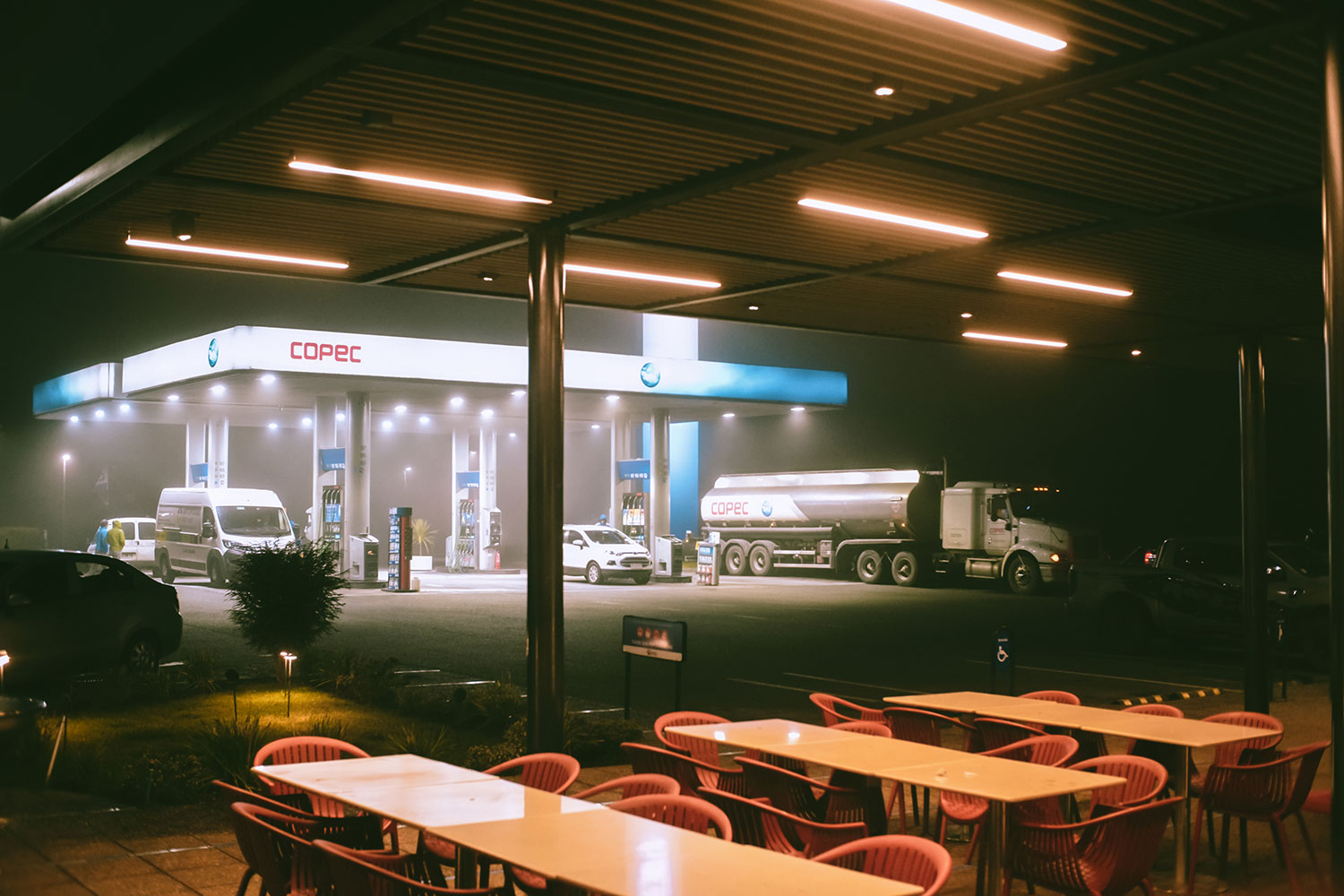
Cinema has obviously and evidently had an amazing influence on the way I shoot. I always was a man of words, more than images, but that shifted this last decade. I guess that too has had some sort of influence. Whether with words or pictures, I still want to feel like I’m telling a story.
And for me, the most important part of telling a story isn’t so much telling an incredible tale as it is making people feel something. What I mean is, it isn’t about plot, but about evoking emotion, about making people experience an emotional journey. And I think one of the best ways to do so, is to make them uncertain of everything around them.
I think that, when it comes to art, instead of trying to give answers, it is better to arouse questions. And maybe that’s why, when it comes to my work, I like to make people wonder.
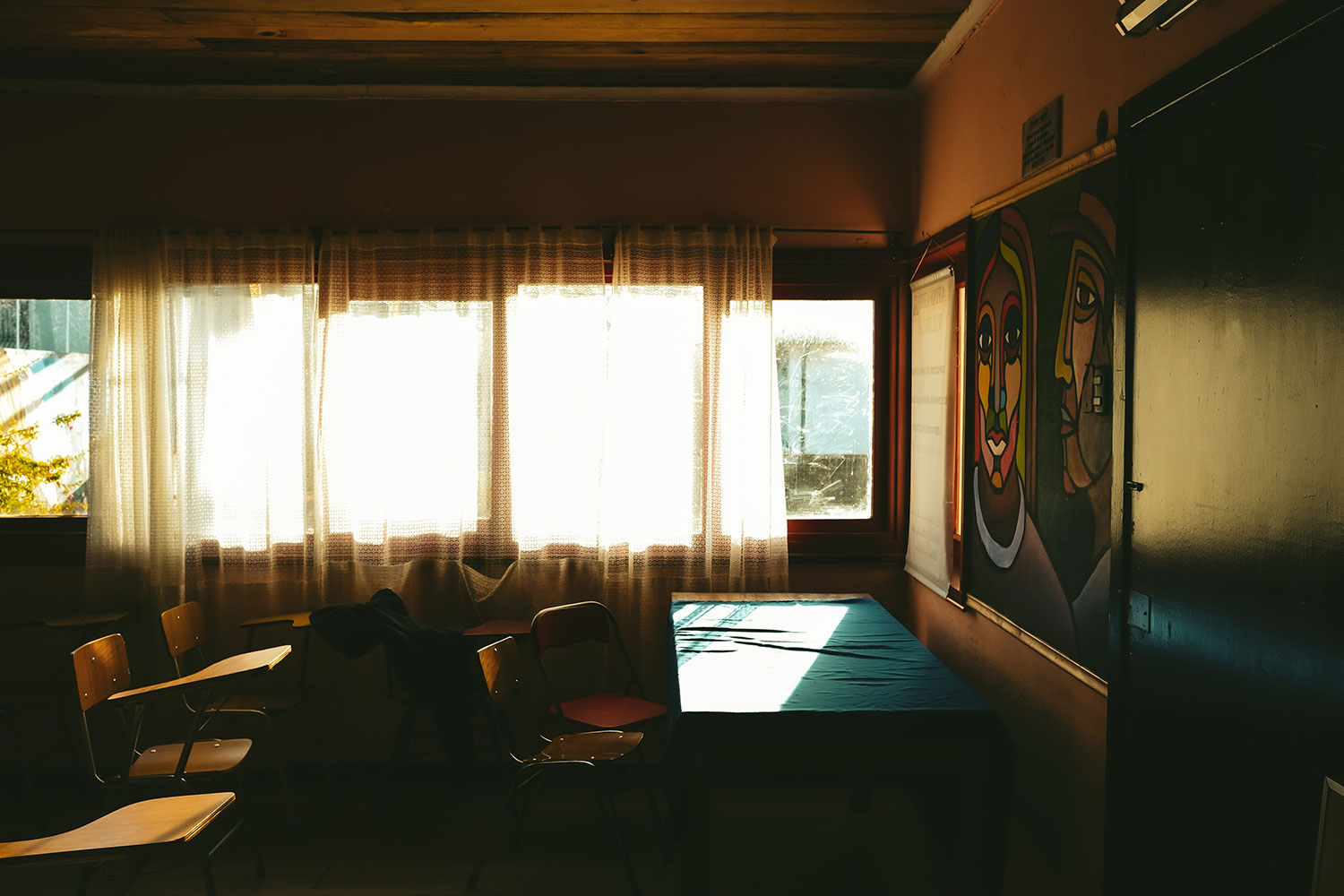
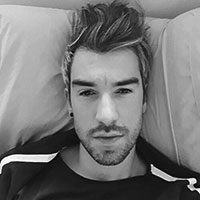
“Hi, my name is Felipe, I’m a photographer, writer and ‘creator’ -or something like that- from the city of Valdivia, Chile. That, amongst other things, but it will take some time to fill every little corner of this place. Take a look around.”

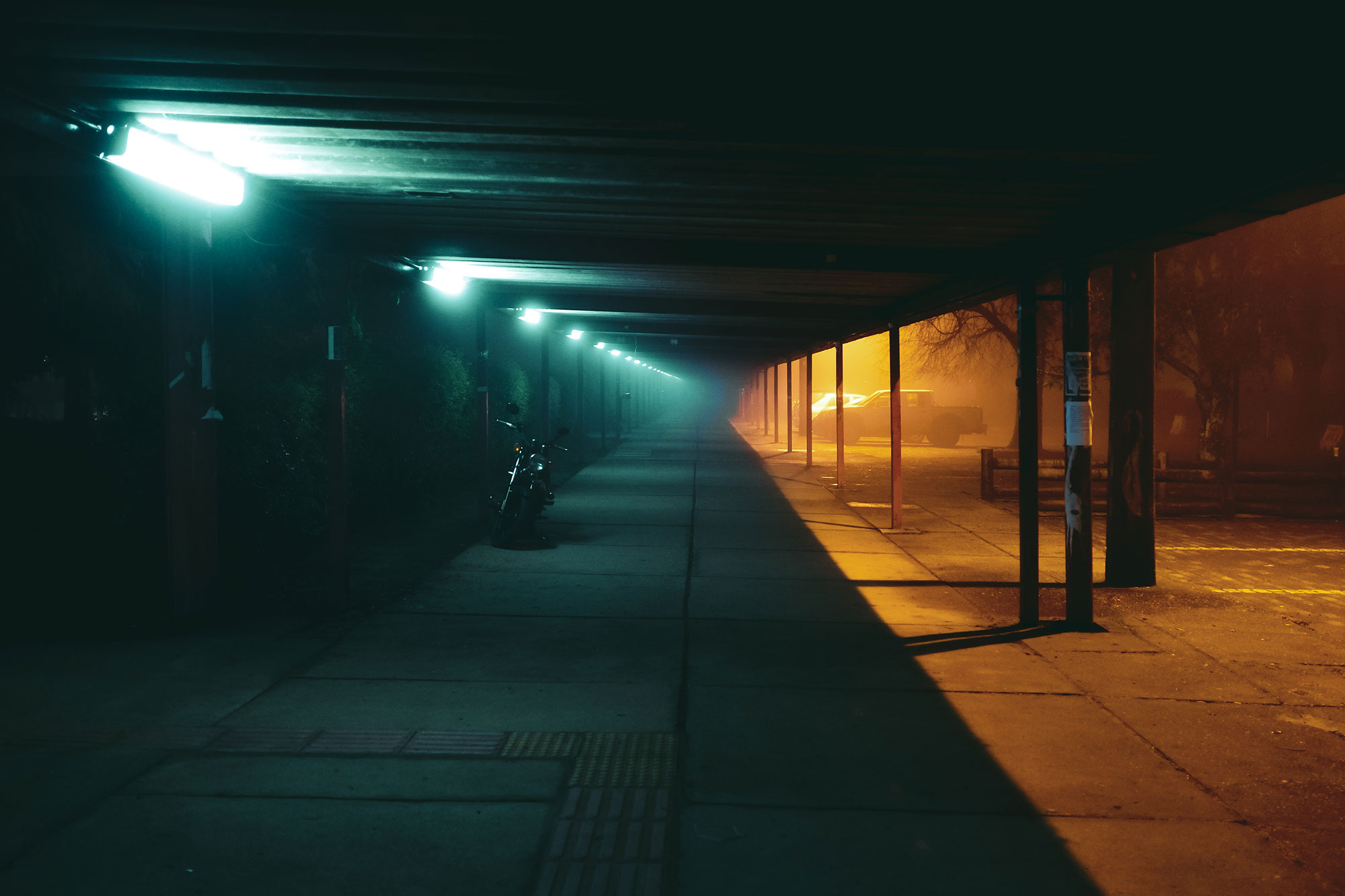





Tej
August 8, 2020 @ 2:06 pm
Hi Felipe, great to have discovered and read through your contribution here. i find your thought process and the visual end results quite stimulating. thumbs up for your photographic journey. fyi: i haven’t yet got over the fujifilm 1st generation cameras, that is say, i continue my journey with X100, XE1, XPro1 . may the artistic force with you 🙂
Khürt Louis Williams
August 14, 2020 @ 4:24 am
Brilliant work.
Khürt Louis Williams
August 14, 2020 @ 4:26 am
Brilliant work!
Marcus
September 13, 2020 @ 1:31 pm
Eu gosto do texto e gosto das fotos, mas eles são desconectados, como muitos dos artigos neste site. Não usem o texto só para citar os modelos de câmeras e não usem as fotos só para mostrar sua capacidade. Contem histórias completas, ilustradas.
Quando eu comecei a ler este texto, fiquei curioso para ver a primeira (ou uma das primeiras) foto que você tirou com a x-E1, mas ela não apareceu. Quando você falou das fotos da sua infância, descreveu os álbuns de fotos da sua mãe, esperei ansiosamente para ver algumas, mas elas não apareceram.
Não consegui continuar a leitura, não porque fosse ruim, não é, apenas porque não estava combinando com as imagens. Apenas rolei a página, vi as imagens e pronto.
Fuji, tenham um pouco mais de carinho com o leitor!
I like the text and I like the photos, but they are disconnected, like many of the articles on this site. Do not use the text just to quote the camera models and do not use the photos just to show their capacity. Tell complete, illustrated stories.
When I started reading this text, I was curious to see the first (or one of the first) photos you took with the X-E1, but it didn’t show up. When you talked about your childhood photos, described your mother’s photo albums, I looked forward to seeing some, but they didn’t show up.
I was unable to continue reading, not because it was bad, it is not, just because it was not matching the images. I just scrolled the page, saw the images and that was it.
Fuji, have a little more affection with the reader!